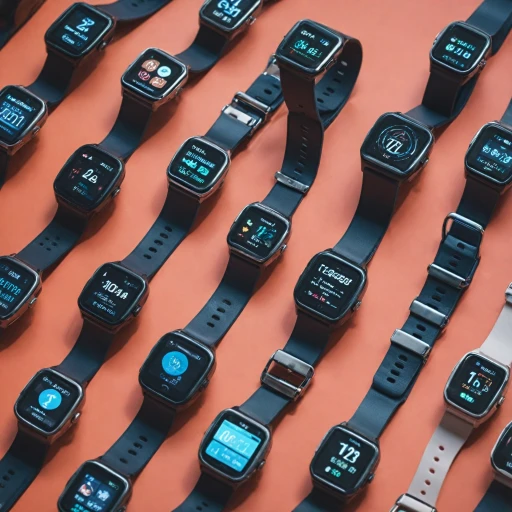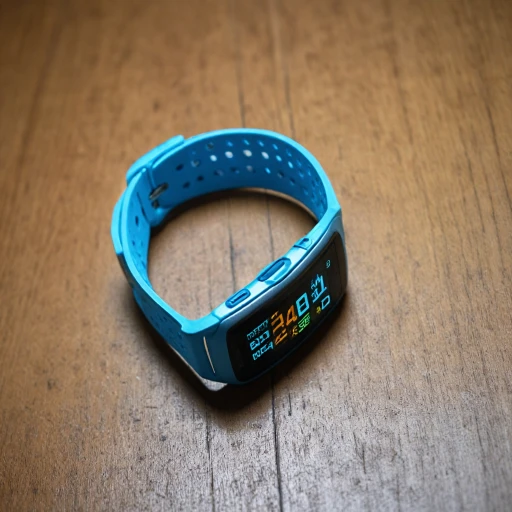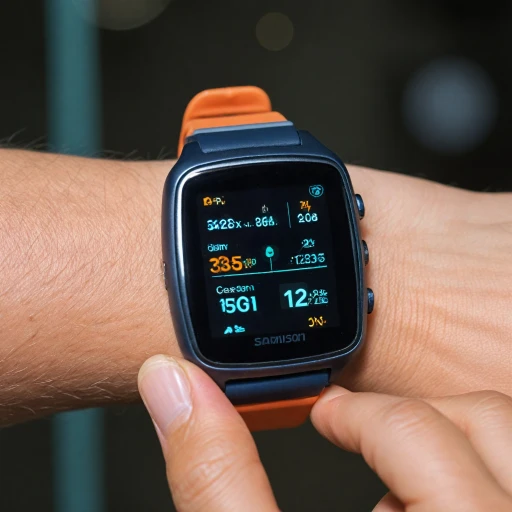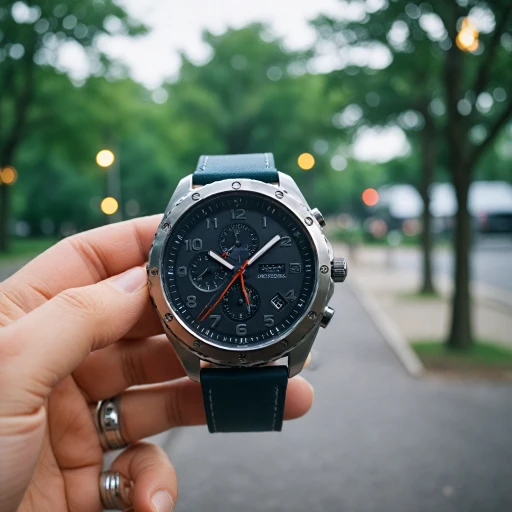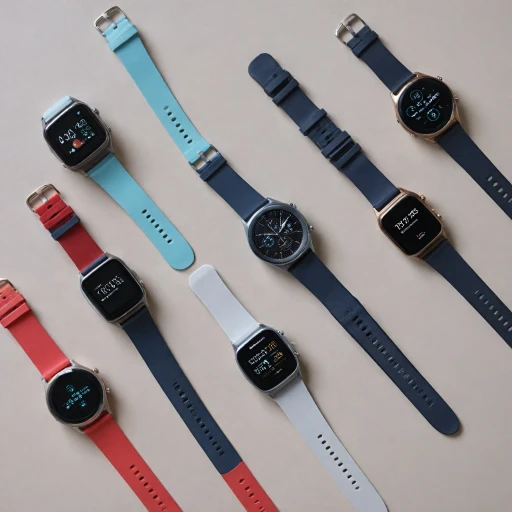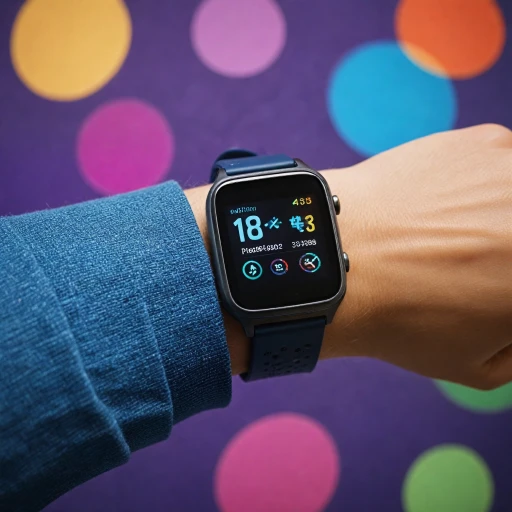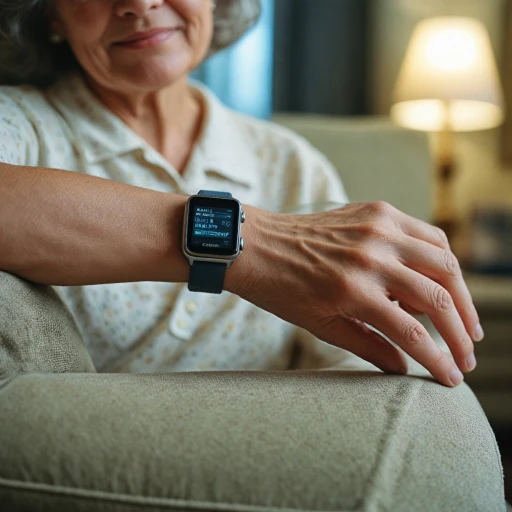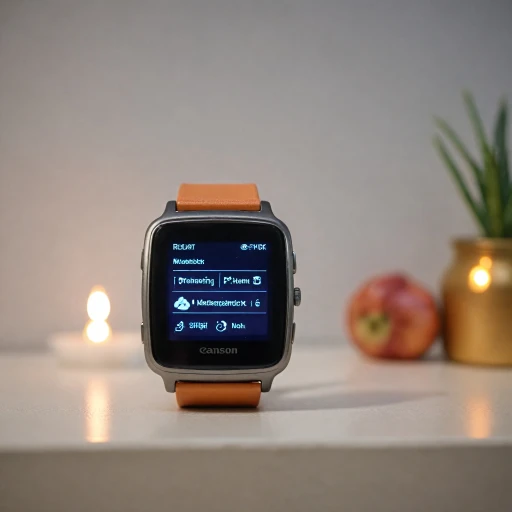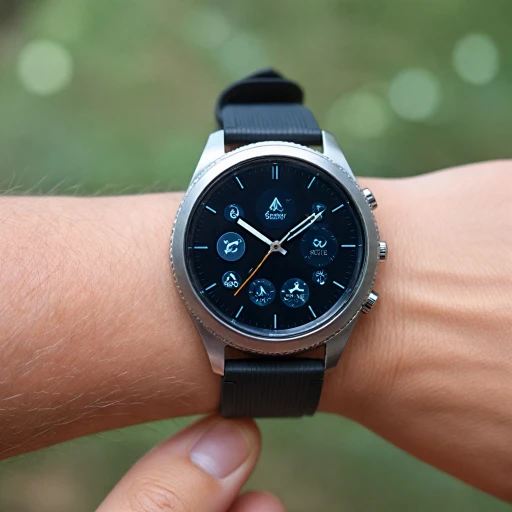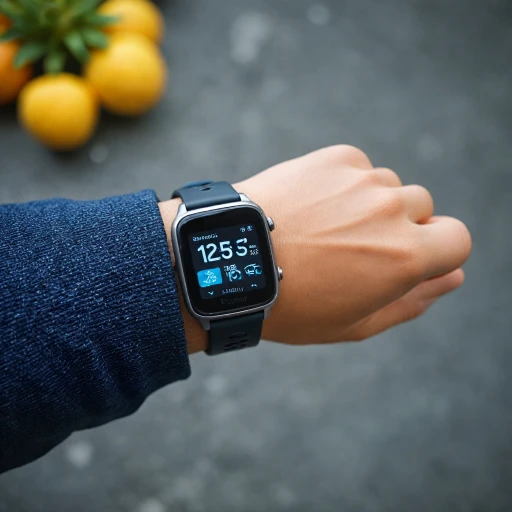Understanding the Role of Smartwatches in Diabetes Management
The Impact of Smartwatches in Managing Diabetes
In the realm of healthcare, technology continues to play a transformative role, especially in managing chronic diseases like diabetes. Smartwatches, wearables that have evolved beyond fitness tracking, now offer advanced features crucial for those managing diabetes. Diabetes management requires constant vigilance and monitoring of various health parameters, which is where smartwatches come into play. Smartwatches have become vital tools for glucose monitoring in recent years. They integrate with devices like continuous glucose monitors (CGMs), providing real-time data about glucose levels. Brands like Dexcom have pioneered smart integration, enhancing the ability to monitor blood glucose effectively. By offering insights into blood sugar, heart rate, blood pressure, and even blood oxygen, smartwatches enable proactive health management. These devices are not just about tracking metrics but also offer notifications and reminders to maintain scheduled blood checks or insulin doses. Moreover, features like Bluetooth call notifications ensure that a diabetic person stays connected without missing any alerts, which is vital during emergencies. The continuous feedback loop aids individuals in making informed decisions regarding their well-being. As a result, smartwatches are not just for tech enthusiasts or fitness trackers. They are increasingly becoming a staple in health-conscious routines, specifically for those managing diabetes. With these capabilities, smartwatches open the window to a more integrated approach in diabetes care. While seamless glucose monitoring is a standout feature, integrating other health metrics makes them indispensable. Smartwatches are evolving to become comprehensive health monitoring devices addressing the unique needs of those dealing with diabetes daily. As technology advances, their role is expected to grow, and they might eventually play an even larger part in remote and invasive blood monitoring solutions.Key Features to Look for in a Smartwatch for Diabetics
Essential Features for Diabetics in Smartwatches
When selecting a smartwatch for managing diabetes, there are several key features that should be prioritized. These features help ensure efficient health monitoring and management, reducing the complexity of tracking diabetes-related data.- Glucose Monitoring Capabilities: Some smartwatches have integrated glucose monitors or are compatible with third-party invasive blood glucose monitoring devices, such as those from Dexcom. Continuous glucose monitoring can provide a real-time view of blood sugar levels, allowing for better management of diabetes.
- Health Monitoring Tools: A comprehensive suite of health features, including heart rate monitoring, blood pressure tracking, and sleep analysis, can provide diabetics with valuable insights into their overall health. For instance, a watch with blood pressure monitoring can help diabetics monitor blood circulation and pressure which might impact glucose levels.
- Connectivity and Compatibility: Bluetooth connectivity is a must to seamlessly connect your smartwatch with other health monitoring devices and smartphones. This ensures a cohesive ecosystem where data syncs and updates in real time. The Apple Watch, for instance, integrates smoothly into Apple’s ecosystem, making it a popular choice among users.
- Ease of Use and User Interface: The interface should be intuitive and easy to navigate, making it accessible for those who may not be tech-savvy. Features such as fitness tracking and smart notifications should be straightforward to access and understand.
- Battery Life and Durability: Given the importance of continuous monitoring, a smartwatch with a long battery life and robust build quality is preferred. Devices manufactured in the United States often compete in offering more durable and efficient smartwatches.
Top Smartwatch Brands and Models for Diabetics
Leading Smartwatch Options for Diabetes Management
With the latest advancements in wearable technology, smartwatches are becoming indispensable tools for diabetes management. Several well-reputed brands offer models specifically designed to aid in continuous glucose monitoring and other health-related features. Here are some top options that stand out:
- Apple Watch: Known for its comprehensive health tracking capabilities, the Apple Watch integrates seamlessly with apps like Dexcom to provide real-time blood glucose monitoring. Its heart rate and blood oxygen monitoring features can also be beneficial for diabetics aiming to maintain overall health.
- Fitbit: As a leader in fitness tracking, Fitbit offers smartwatches that can help diabetics monitor their physical activity levels. The Fitbit Pro series, with continuous glucose and heart rate tracking, is a popular choice among users seeking to manage their health effectively.
- Samsung Galaxy Watch: This smartwatch excels in offering a wide range of health monitoring functions, including blood pressure and heart rate monitoring. Its capability to integrate with glucose monitoring devices solidifies its standing as a desirable option for health-conscious individuals.
- Garmin Smartwatches: Known for their durability and fitness-centric design, Garmin watches provide reliable tracking of glucose levels when paired with a compatible blood glucose monitor. Their built-in GPS and fitness tracking features support diabetics in leading an active lifestyle.
These smartwatches cater to the diverse needs of individuals living with diabetes, offering a blend of traditional smartwatch features and specialized health monitoring tools. When selecting the right size and model for your needs, it’s worth exploring how to determine the right size for your Apple Watch, ensuring comfort and functionality.
Smartwatch technology continues to evolve, paving the way for enhanced health management solutions that go beyond simple glucose monitoring. Innovations from both tech giants in the United States and emerging brands from China hint at a promising future for wearable health tech, which will be covered further in upcoming studies and real-life experiences from diabetics using these devices effectively.
How to Use a Smartwatch Effectively for Diabetes Management
Harnessing the Power of Smartwatches for Diabetes Monitoring
For individuals with diabetes, technology can be a lifesaver. By integrating smartwatches into daily routines, diabetes management becomes more efficient and accurate. Here's how to make the most out of your smartwatch to manage diabetes effectively:
- Real-time Glucose Monitoring: With technology evolving, devices like the Dexcom G6 allow continuous glucose monitoring (CGM) systems to sync seamlessly with smartwatches. This enables users to track their blood glucose levels in real time directly from their smart watch, reducing the need for invasive blood tests.
- Health Alerts and Notifications: Set alerts to notify you if your glucose levels are too high or low. Many smartwatches also offer alerts for heart rate and blood pressure fluctuations, providing comprehensive health monitoring to prevent complications.
- Bluetooth Connectivity: A key feature to look out for is reliable Bluetooth connectivity. It ensures your smartwatch remains in sync with other devices like smartphones or glucose monitors, providing a unified data source for your health monitoring needs.
- Tracking Fitness and Sleep: A smart watch can double as a fitness tracker, monitoring your physical activity and sleep patterns. This data is vital for diabetes management, as regular exercise and sufficient sleep play an essential role in controlling blood sugar levels.
- Stay Connected: Features like Bluetooth call functionality allow you to stay connected without needing your phone constantly. This can be particularly useful for receiving important calls from healthcare providers while exercising or away from your phone.
- Data Analysis and Sharing: Many smartwatches support health apps that analyze data collected over time, offering insights into patterns and potential health issues. Users can effortlessly share this data with their healthcare professionals, opening a window for proactive health management.
By leveraging these smartwatch features, users can enhance their diabetes management strategies, monitor their health indicators more consistently, and potentially improve their overall quality of life. Remember that while smartwatches offer robust tools for tracking health, they should complement, not replace, professional medical advice.
The Future of Smartwatches in Diabetes Care
Innovation and Integration: The Next Phase in Diabetes Management
The landscape of diabetes management is ever-evolving, and the role of smartwatches is becoming increasingly profound. These sophisticated devices are transitioning from basic health monitors to comprehensive health hubs, paving the way for more effective diabetes care. Smartwatches are now capable of advanced glucose monitoring, integrating seamlessly with popular systems like Dexcom and other continuous glucose monitoring setups. This sync allows diabetics to track their blood glucose levels in real time, providing a proactive approach to managing their condition. The evolution of non-invasive blood glucose monitoring technologies could further enhance these capabilities, making it easier and more comfortable for patients. In the future, we can anticipate that smartwatches will continue to digest and process comprehensive datasets — from blood pressure, heart rate, and blood oxygen levels, to fitness and sleep patterns. The integration of artificial intelligence algorithms has the potential to transform these devices into predictive tools that provide alerts before blood sugar levels rise or fall beyond safe parameters. Moreover, wearable tech innovation isn't limited to just smartwatches. Complementary devices like smart rings and fitness trackers are on the rise, enhancing health monitoring capabilities. With Bluetooth technology, smartwatches today can already support documentations of workouts and dietary inputs, further widening the spectrum of personal health data collected. The rise in collaboration between key industries in health monitoring and tech companies, especially those in locations like China and the United States, signals a future rich in sponsored research and strategic shipping of globally accessible products. As more health-focused features like Bluetooth call capability and fitness tracking become standard, the improved accessibility of comprehensive health data may empower users to take even greater control of their diabetes management. Ultimately, the ongoing advancements in smartwatch technology promise not just incremental improvements but significant strides in the self-management of diabetes, opening new windows of opportunity for individuals around the world.Real-Life Experiences: Diabetics Using Smartwatches
Embracing Technology in Daily Life
Individuals living with diabetes have turned to smartwatches and fitness trackers as vital tools for managing their condition. The integration of glucose monitoring and real-time health data right on their wrist has opened a window to more convenient and efficient diabetes care. For many, the ability to monitor blood glucose levels continuously allows for proactive management rather than reactive measures.
Real-Time Monitoring and Alerts
Smartwatches equipped with continuous glucose monitoring capabilities, such as those used with the Dexcom G6 system, have revolutionized the way users keep track of their glucose levels. The seamless syncing with smartphones via Bluetooth ensures diabetics receive alerts immediately if their blood sugar levels fall outside their target range. This real-time monitoring empowers users to make informed decisions about their health.
More Than Just Glucose Monitoring
But smartwatches offer more than just glucose monitoring. Many models provide a comprehensive health picture by also tracking fitness activities, heart rate, sleep patterns, and even blood pressure and blood oxygen levels. The integration of these health metrics aids users in maintaining a balanced lifestyle, which is crucial for managing diabetes effectively. With features like bluetooth call support, users can stay connected without sacrificing tracking or monitoring capabilities.
The Financial Perspective
The investment in a high-quality smartwatch may feel daunting at first, especially considering the lifelong nature of diabetes management. However, many diabetics report substantial financial savings in the long run by reducing emergency care needs and improving overall health stability. Some users have even benefited from sponsored programs or shipping deals, which alleviate the upfront costs associated with acquiring a new device.
Continuing Improvements in Health Monitoring
In the United States and globally, particularly in countries like China, the demand for smartwatches continues to grow. Advances in non-invasive blood glucose monitoring technology are on the horizon, promising even greater ease in managing diabetes. As smart technology evolves, its role in enhancing the quality of life for diabetics will only expand.
A Broader Community Experience
Real-life stories from diabetics reveal a profound sense of community and shared experiences. Forums and support groups dedicated to smartwatch use in diabetes care allow users to exchange tips, find solutions, and continuously improve their routines. This camaraderie strengthens user trust and fosters a shared journey towards better health management.


